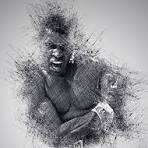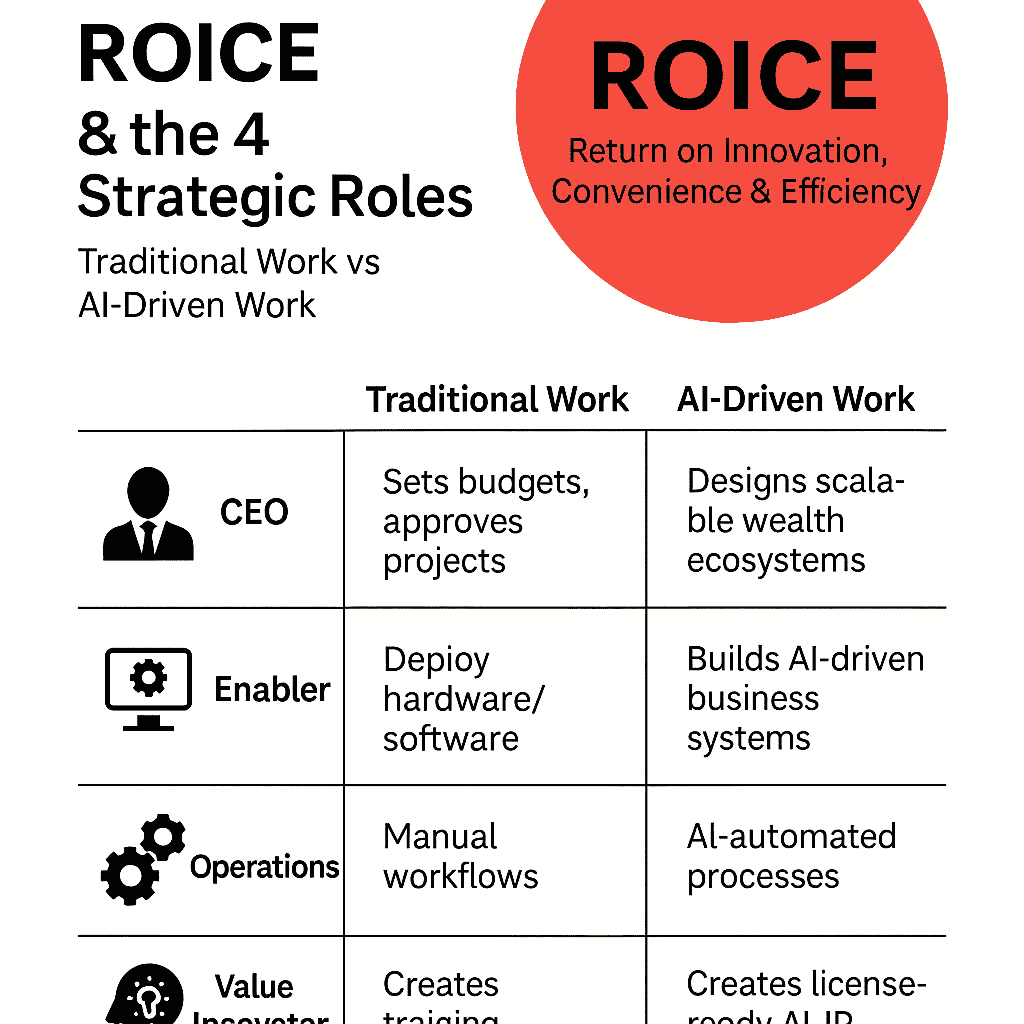Muhammad Ali: From World Boxing Champion to a Human Wreck – The Rise and Fall of Cassius Clay**
Muhammad Ali, born Cassius Marcellus Clay Jr. on January 17, 1942, in Louisville, Kentucky, is often regarded as one of the greatest boxers of all time.
His journey from a young, brash fighter to a global icon is a compelling narrative that encompasses not only his athletic prowess but also his profound impact on society and culture.
However, this story is also marked by struggles that led to what some might describe as a “human wreck.” This answer will explore the rise and fall of Muhammad Ali, his enduring legacy, and the lessons we can learn from his life.
The Rise of Cassius Clay
Ali’s rise to fame began at an early age. He started boxing at 12 years old after a chance encounter with a police officer who encouraged him to take up the sport following the theft of his bicycle. His natural talent was evident; he quickly became a standout amateur boxer. In 1960, at just 18 years old, he won a gold medal in the light heavyweight division at the Rome Olympics. This victory marked the beginning of his ascent in professional boxing.
In 1964, Clay shocked the world by defeating Sonny Liston to become the heavyweight champion of the world.
Known for his quick footwork and lightning-fast punches, he was not only an exceptional athlete but also a charismatic figure who captivated audiences with his confidence and poetic trash talk.
Shortly after winning the title, he announced his conversion to Islam and changed his name to Muhammad Ali, stating that “Cassius Clay” was his “slave name.”
Ali’s career was characterized by iconic bouts against legendary opponents such as Joe Frazier, George Foreman, and Ken Norton. His fight against Frazier in 1971 was particularly significant; it was dubbed “The Fight of the Century” and showcased not only their athletic rivalry but also broader social issues of race and identity in America during that era.
The Fall: Health Struggles and Controversies
Despite his success in the ring, Ali’s life took a tumultuous turn due to various factors. In 1967, he refused induction into the U.S. Army during the Vietnam War on religious grounds and as an act of protest against what he viewed as an unjust war. This decision led to legal battles that stripped him of his boxing titles and resulted in a three-and-a-half-year ban from the sport during which he became a symbol for civil rights activism.
When Ali returned to boxing in 1970, he faced significant challenges both inside and outside the ring. His later fights took a toll on his health; he suffered from Parkinson’s disease starting in the late 1970s—a condition attributed largely to the repeated head trauma sustained during his boxing career. The once-vibrant champion became increasingly frail over time, leading many to reflect on how such an extraordinary athlete could end up facing debilitating health issues.
The Legacy
Despite these struggles, Muhammad Ali’s legacy remains profound and multifaceted. He transcended sports; becoming an influential figure in discussions about race relations, religion, and social justice. His courage in standing up for his beliefs—whether it was refusing military service or advocating for humanitarian causes—has inspired countless individuals around the world.
Ali’s ability to connect with people extended beyond boxing; he became known for his philanthropy and humanitarian efforts later in life. He traveled extensively to promote peace and understanding among different cultures and religions. His work earned him numerous accolades including the Presidential Medal of Freedom.
Learning Points
1. **Resilience**: Ali’s journey illustrates remarkable resilience in facing adversity—both personal and professional. His ability to bounce back from setbacks serves as an inspiration for many who encounter challenges in their own lives.
2. **Advocacy**: Ali’s commitment to standing up for what he believed in highlights the importance of advocacy for social justice issues. He used his platform not just for personal gain but also to effect change.
3. **Health Awareness**: The later years of Ali’s life serve as a cautionary tale about health risks associated with contact sports. They underscore the importance of prioritizing long-term health over short-term glory.
4. **Legacy Beyond Sport**: Finally, Ali’s life reminds us that true greatness extends beyond achievements within one’s profession; it encompasses how one impacts society at large.
Conclusion

In conclusion, Muhammad Ali’s story is one of triumphs intertwined with trials—a narrative that reflects both human strength and vulnerability. While he may have faced significant challenges later in life due to health issues stemming from his boxing career, his legacy continues to inspire generations across various fields beyond sports.





